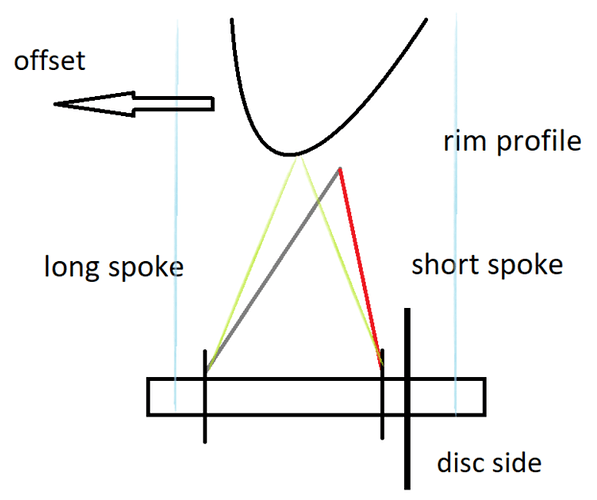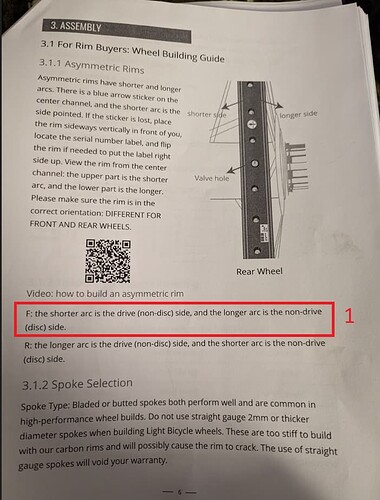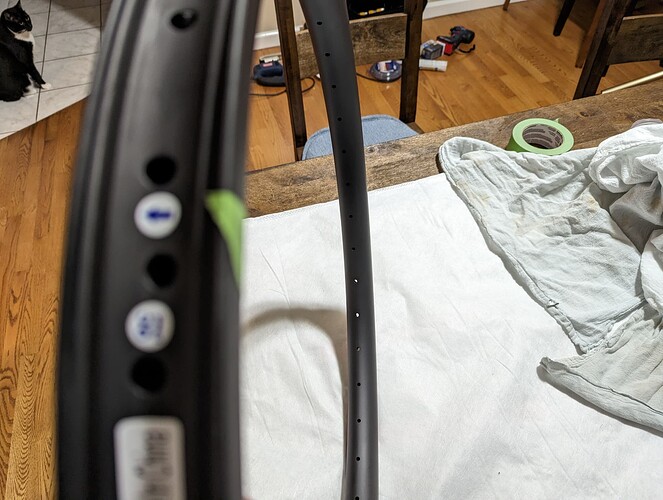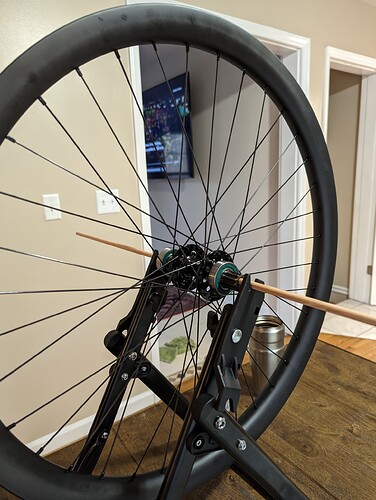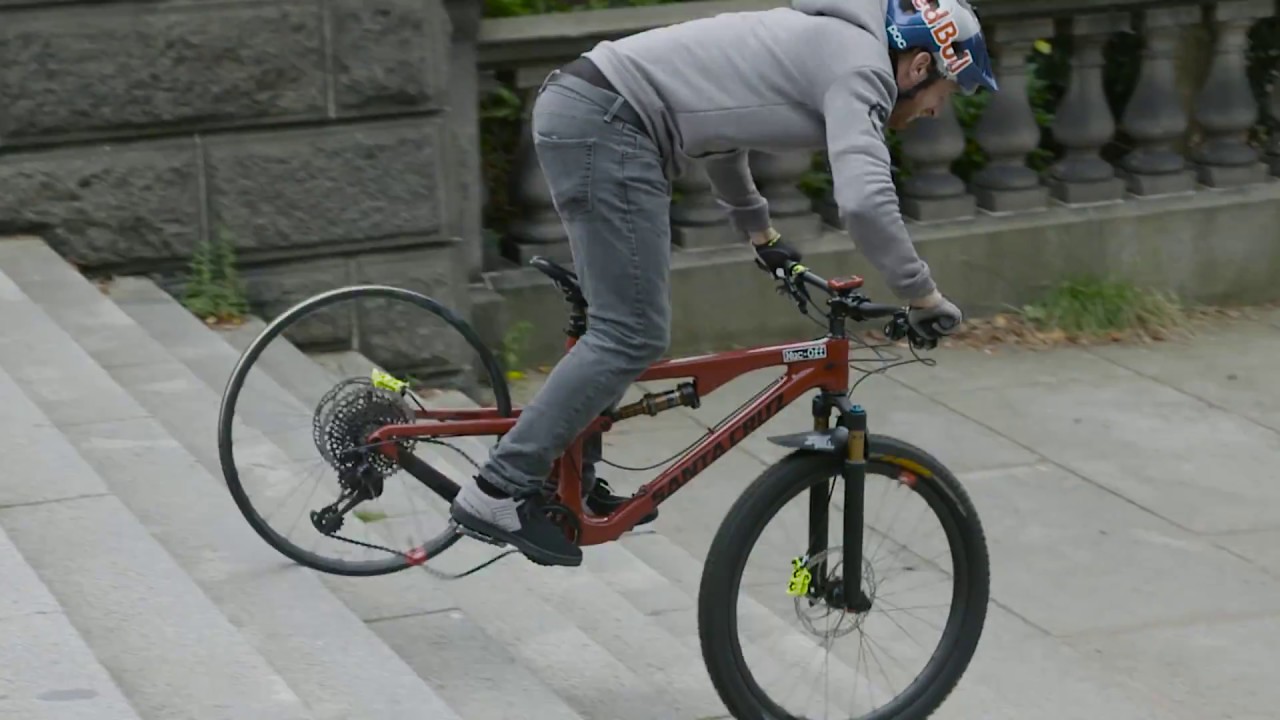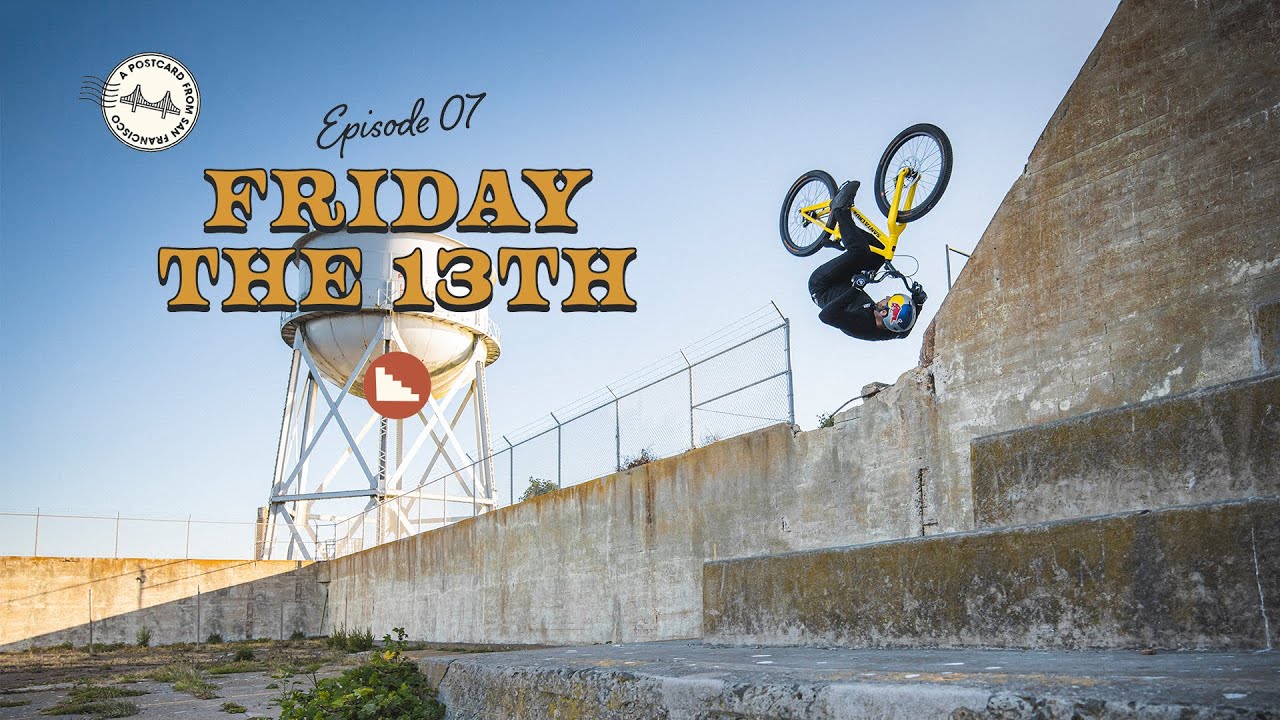+1 double square nipples forever.
You can get the Maxxis logo in white rather than yellow, but only on tyres that came spec’d on a new bike, so you have to buy them secondhand from someone that bought a new bike and then swapped out the tyres straight away
I am gonna try acetone.
Old hot rodders trick. This is just an example there are other products out there.
Huh. Interesting. I might just grab a black one to try.
Just an update and another question. I got the spokes and nipples in the mail from https://www.spokesfromryan.com/. Got the tire, rotor, and stuff for the tubeless part. Rim comes Wednesday. Great.
What is everyone’s thoughts on hopping on this thing once its built? Lets assume its built correctly. I don’t really need to consider massive drops, but is it otherwise perfectly acceptable to hop and jump on carbon fiber rims? I assume its business as usual as long as its constructed well.
Thanks in advance for any thoughts.
Great. Thank you. Makes sense.
Alright, got a question here that can be confusing to talk about. I’m already discussing this with another forum member, but thought I’d open it up in case any one can clear it up quickly. In this instance, I’m more interested in understanding the whys and less in just blindly following (if that makes sense).
The question is about which side (disc, or non-disc side) gets the short spokes, AND which way the offset rim points.
I would think the disc side gets the shorter spokes to help pull it into center. Light Bicycle instructs to do the opposite. This, in turn, means the disc side is also on the offset-pointed side of the rim, like this:
Just to show Light Bicycles instruction text: “F: the shorter arc is the drive (non-disc) side, and the longer arc is the non-drive (disc) side.”
Further, the short side is indicated as in the diagram above (I made the diagram, but the concept is what Light Bicycle is suggesting).
Thanks in advance for any clarification.
Edit: I’ll be honest, I don’t even know what they mean by ‘drive’ side on a front bicycle wheel.
Offset rims are best suited to mountain bikes, Drive side is the side that the gear cassette would be.
On rear wheel the deeper side goes above the cassette and on the front the deeper side goes above the disc so there used differently front to back.
For us single wheelers I would put the deep side above the disc.
It’s all about trying to get spoke angle as matched both sides to give even spoke tension which in turns gives stronger wheel. It’s not possible to make it 100% but getting as close as possible.
I’ve always found this a bit confusing to wrap one’s head around.
Hopefully I’ve not messed up my understanding of this.
I put together this diagram:
My understanding or way of comprehending this is that the disc side spokes being always shorter on normal wheel builds (not asymmetrical rims) - asymmetrical rims give those spokes the chance to be slightly longer and therefore more in balance / matching the non-disc side’s longer spokes.
So my brain sees the disc side spokes as reaching over as far as they can to the asymmetrical “bulge” and the right hand side’s longer spokes connect up like they would on any wheel build.
I also think visualising the disc side as needing more “space” for the disc etc - and useful as you want that side to be on the side of the asymmetrical rim with more space in the carbon surface area.
This video from around 5mins helps I think:
Please correct me people if I’ve got this backwards but so far I think I’ve got the puzzle locked in my head.
With an asymmetrical hub, the short spokes will always be on the disc side.
On an asymmetrical hub build with a symmetrical rim, the tension is generally 2 times higher on the disc side. An asymmetrical rim allows to reduce a little the spoke length difference and the tension difference.
An asymmetrical rim usually has holes drilled with an offset of 2-3 mm, this offset must be towards the non-disc side.
I took and modified your drawing… for me it was not understandable:
This makes complete sense to me but is opposite of what Light Bicycle instructs. Is this normal? I can share photos if we need.
Here is what Light Bicycle is telling me, that is in (what I interpret) direct opposition to 1) what makes sense to me, and 2) what everyone else seems to be channeling. Why is this important? Because they (in-part) helped verify and determine spoke lengths:
- Why we are referring to drive-side on a front wheel is beyond me, but why does the disc get the long spokes?
Actually, does longer arc refer to spokes or the actual rim?
I think they are using the term “arc” to refer to the asymmetrical off set.
Short arc being the side with the directional off set.
If we read “shorter arc” and a way of describing the off set pointing to the right as in my drawing. This I think lines up.
Their rims are used in both from and rear wheel builds. So I think they’ve written the manual to cover both. Ignore all drive side comments.
The thing you’ve outlined in red is clearly for the Front wheel. So you’re good to go.
I think you are right. I think arc needs to be defined more clearly. A rim anatomy diagram would be helpful. I think you solved this for me.
Edit: I get this is for two wheeled deals, but it will be forever odd to me to refer to a front wheel as having a drive side. I think (D)isc and (N)on-disc instead of (D)rive.
Look on YouTube for videos of Ali Clarkson doing drops to the back wheel of his trials bike of 10 - 12 feet. He runs on LightBicycle rims nowadays, he was my introduction to them a few years ago (I was ‘influenced’!)
If you want to see more of the abuse carbon can take, Danny MacAskill gives his Santa Cruz Reserve wheels a beating to destruction in this video:
That said, he destroyed a few Reserve carbon rims in Alcatraz making his latest film in San Francisco. This is probably a bit more extreme that you have in mind on one wheel though…
Thanks for sharing. Great videos. I’m gonna share these with friends.
I stumbled upon these one night on RedBull TV before they went up on YouTube and binge watched them all back to back. As you’ll have seen there is the whole seven part ‘making of’ series as well as the final ‘edit’ video.
One of the tricks is that he rides across the length of the top of a tennis net – when I saw that in the particular ‘making of’ episode I thought about someone doing that on a unicycle…
If you are familiar with the start of Dan Heaton’s “Revolution One” you’ll remember he stops his car, takes out his unicycle, cycles round and then hops up and cycles over the top of the car. Now just imagine the video where someone is learning to ride their unicycle in a tennis court using the net as a support, then they ‘get’ it, cycle round, hop up onto the top of the net and ride the length of it like Danny does in the video… I think that one will just have to live in my imagination though ![]()



